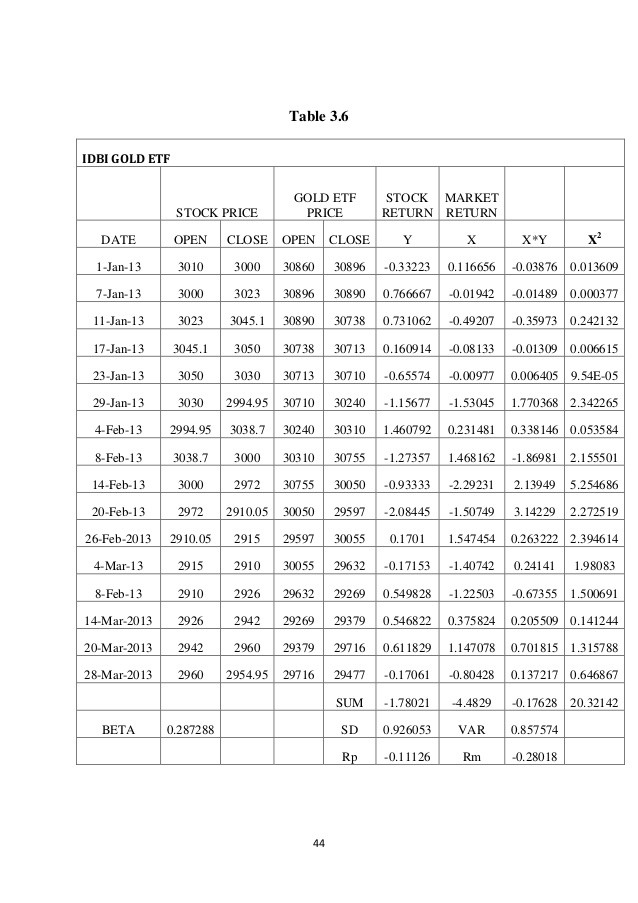Leveraged ETF Report Card Closer Look At Performance
Post on: 29 Май, 2015 No Comment

Published on by Michael Johnston on January 13, 2010 | Updated August 26, 2013
Since their introduction to the market in 2006, leveraged ETFs have seen their popularity surge, as these products have been embraced by sophisticated investors looking to accomplish a wide range of objectives. With this increase in popularity, however, has come increased scrutiny: the debate over the suitability of these products for various types of investors has been both intense and well-documented.
Much of the controversy surrounding leveraged ETFs has focused on the performance results delivered by these products over extended periods of time. A common criticism has been that leveraged ETFs dont perform as they should or as they are advertised to. In reality, however, most leveraged ETFs actually do a very good job of accomplishing their stated objective. The disconnect that has stirred debate, investigations, and ultimately regulations issue that arises is not between actual performance and stated objectives, but rather between investor expectations and a disconnect between investor expectations and the goals outlined in the prospectus.
All In A Days Work
In evaluating the ability of leveraged ETFs to accomplish their stated objective, its important to first clarify exactly what that objective is. It sounds elementary, but the fact remains that a lot of investors still don’t understand exactly how leveraged ETFs work. These funds strive to return a target percentage (e.g. 200%, 300%, etc.) of the daily returns on a benchmark index. Due to compounding of returns and complexities of oscillating markets, returns on these funds for any period longer than one day may vary in both magnitude and direction from what would be anticipated.
Leveraged ETFs utilize a number of complex financial instruments to accomplish their objectives, including futures and swaps. Moreover, because they are publicly-traded securities, prices can be impacted by the vagaries of the market (i.e. may deviate slightly from underlying NAV depending on supply and demand). So it is understandable that leveraged ETFs may not deliver daily results that are an exactly in line with an amplification of the movement in the underlying index, but they should be expected to come pretty close.
In order to evaluate the efficiency of leveraged ETFs at achieving their stated objectives (i.e. amplifying daily returns on certain benchmarks), we analyzed results of several funds over a two year period, including both the turbulent 2008 and the trending 2009. Overall, both 2x and 3x leveraged ETFs consistently accomplished their stated objective.
2x S&P 500 ETFs
The ProShares Ultra S&P 500 (SSO ) seeks daily performance equal to 200% of daily return on the S&P 500, while the UltraShort S&P 500 (SDS ) seeks to deliver 200% of the inverse on the same benchmark. Both of these are among the most popular 2x leveraged ETFs, with millions of shares changing hands daily. In 2008, SSO exhibited daily returns between 150% and 250% of the daily change in the S&P 500 about 63% of the time. In 2009, this percentage surged to almost 80%.
The UltraShort funds delivered similar consistency SDS returned between -150% and -250% of the daily change in the S&P 500 about 63% of the time in 2008 and three times out of four in 2009.
Leveraged Financials
Compared to the volatility that hit the broad market in 2008, the fluctuations endured by the financial sector were even more extreme. The oscillations in the sector up markets followed by down markets and vice versa caused both bull and bear leveraged funds to lose significant value over the course of the year. But leveraged ETFs linked to financials still performed very during this time period on a daily basis. When compared to the iShares Dow Jones U.S. Financial Index Fund (IYF ), the ProShares Ultra Financial (UYG ) delivered daily returns between 150% and 250% about seven out of eight times in 2008. This percentage increased to 80% in 2009.
The ProShares UltraShort Financials (SKF ), which is designed to deliver daily returns equal to -200% of the Dow Jones U.S. Financials Index, came within 50 basis points of its goal 82% of the time in 2008 and 86% of the time in 2009.
Misconceptions Abound
Much of the confusion surrounding leveraged ETFs relates to the frequency with which the funds rebalance and the impact these nuances can have on returns over extended periods of time. If the index underlying a 2x leveraged ETF adds 10% over a given period of time, it is not a given that the ETF will be up 20%. If the market during that period was a trending one, the fund could be up more than 20%. If the underlying benchmark seesawed, the gain could be much less than 10%, and perhaps even negative.
Over a single period, however, leveraged ETFs have a pretty solid track record of accomplishing their stated objectives.
Disclosure: No positions at time of writing.














